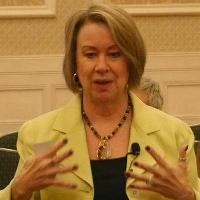Part 2 of 2:
Aspect two is use of a dashboard or a balanced scorecard with only 2 -3 metrics per section. The sections focused upon financial, customer, process, and people. The cross functional (horizontally and vertically) leadership team must ensure that the metrics align to the overall VFOs and hence the overall strategy. Next, leadership must ensure that each metric is integrated with the others to create cohesive and optimized utilization of limited resources on the prioritized VFOs. Further, during this process leadership ensures that no metric is detrimental to another metric or overall objective; each metric should in some way support and enhance the other metrics, i.e. people engaged in improvement events ties to quality outcomes, improvement in safety, growth or revenue by improved equipment uptime, etc. Keep in mind that metrics drive behaviors, so this activity is vital to the organization and must be done well. One method I promote to all organizations is the use of a sustainability assessment, conduct the baseline then every six months re-evaluate. The basic assessment keys on elements such as HR, OD, change readiness, critical thinking, leadership of change, satisfaction, etc.
In summary, the metrics signal what is important to the organization and as such must align and integrate the strategy throughout the organization. Leadership must model the way by creating an environment in which their leadership example creates new experiences, new behaviors and new actions, thereby creating the desired culture. When done right, the right mix of integrated tangible and non-tangible metrics transforms the business into a high performance high commitment high reliability organization.




















